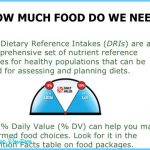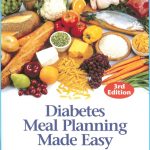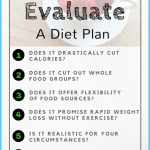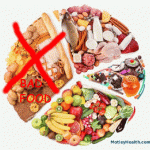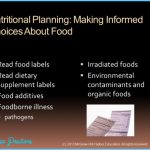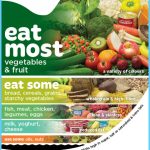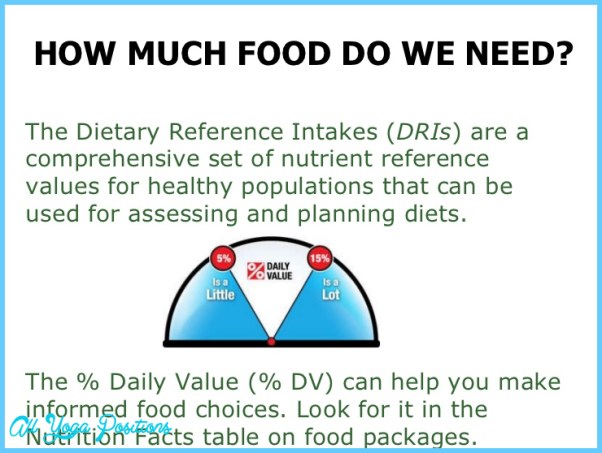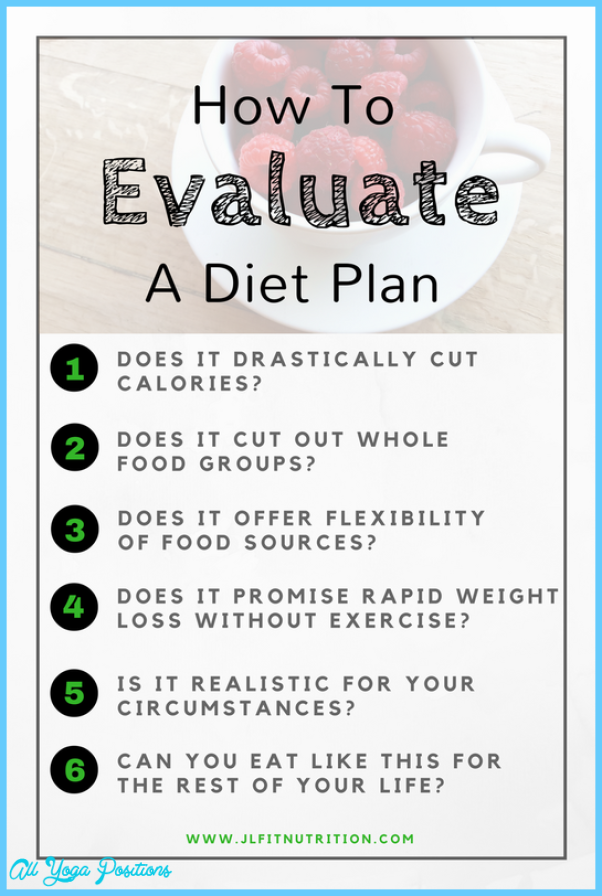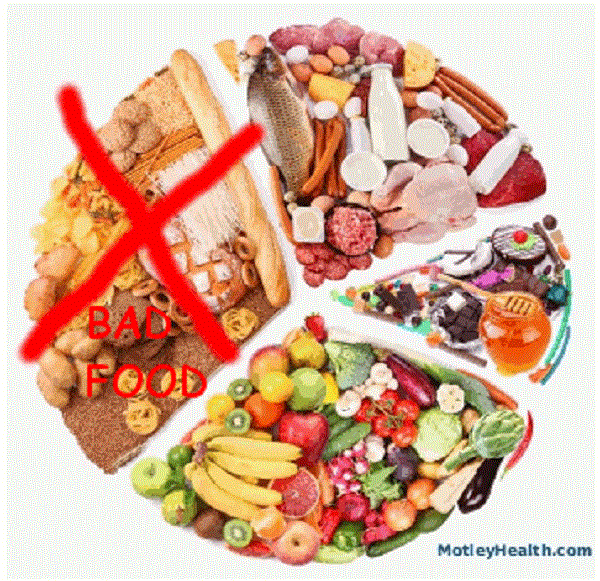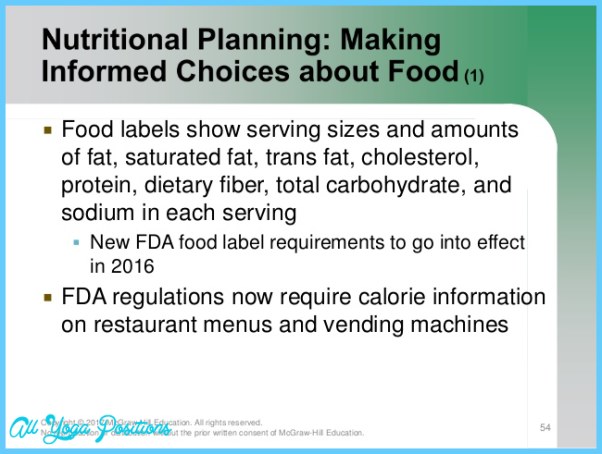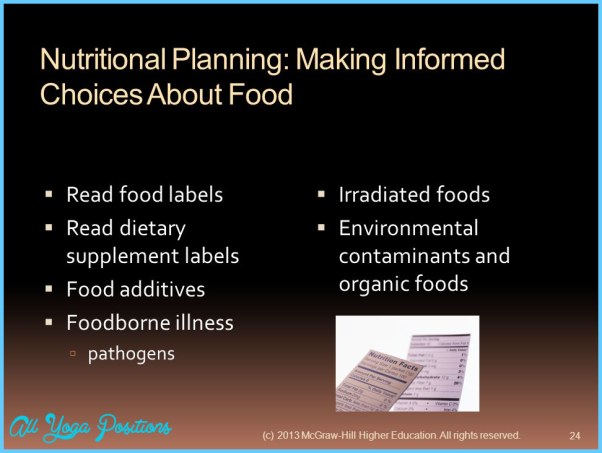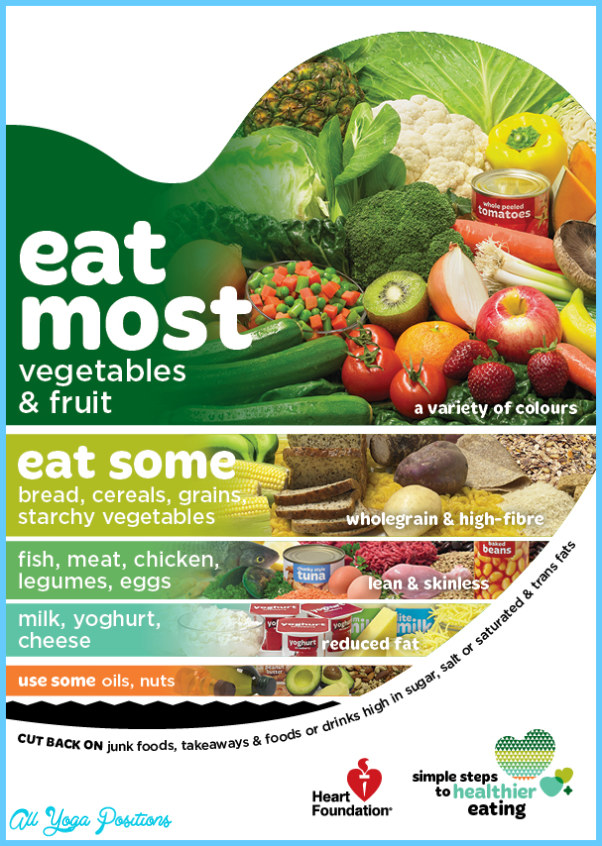NUTRITIONAL PLANNING: MAKING INFORMED CHOICES ABOUT FOOD
Knowing about nutrition is a good start to making sound choices about food. It also helps if you can interpret food labels, understand food additives, and avoid foodborne illnesses.
Food Labels
All processed foods regulated by either the FDA or the USDA include standardized nutrition information on their labels. Every food label shows serving sizes and the amount of fat, saturated fat, trans fat, cholesterol, protein, dietary fiber, sugars, total carbohydrate, and sodium in each serving. To make intelligent choices about food, learn to read and understand food labels (see the box “Using Food Labels”).
Food labels are not required on fresh meat, poultry, fish, fruits, and vegetables (many of these products are not packaged). You can get information on the nutrient content of these items from basic nutrition books, registered dietitians, nutrient analysis computer software, the Web, and the companies that produce or distribute these foods. Also, supermarkets may also have posters or pamphlets listing the nutrient contents of these foods. In Lab 8.3, you compare foods using the information on their labels.


